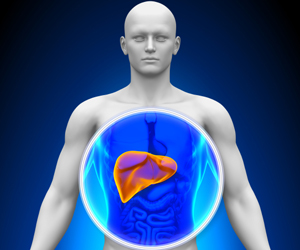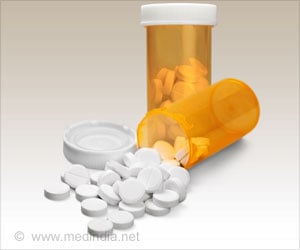Taking too much of paracetamol may damage the liver. A recent study finds hope for a new way to treat paracetamol induced liver damage, reveals study.
- Paracetamol is a commonly used drug for the treatment of fever, cold and pain conditions.
- Excess dose of paracetamol drug is found to cause liver damage.
- Scientists studied the effect of paracetamol on liver cells to develop treatment options.
The disruption of the cell wall connections called the tight junctions might damage the liver tissue structure. This may make the cells unable to function properly and may die.
Cell damage can occur in liver conditions including hepatitis, cirrhosis and liver cancer but was not associated with paracetamol toxicity until now.
Paracetamol Effect in Causing Liver Damage
The research team aimed in developing a reliable method of using human liver cells for testing the effect of the painkiller. This will be followed by varying the paracetamol dose that may affect the liver toxicity and identify potential targets for developing a new drug.
The research study was published in the journal Scientific Reports.
Dr. Leonard Nelson, University of Edinburgh’s Hepatology Laboratory and Institute for Bioengineering, said, "Paracetamol is the world's preferred pain remedy - it is cheap, and considered safe and effective at therapeutic dose. However, drug-induced liver damage remains an important clinical problem and a challenge for developing safer drugs. Our findings reinforce the need for vigilance in paracetamol use, and could help discover how harm caused by its adverse use might be prevented."
Paracetamol
The drug is commonly used as a painkiller for treating a number of conditions including mild pain, fever, cold and flu.
Common side effects of paracetamol drug may include
- Drowsiness
- Fatigue
- Rashes and itching of the skin
- Abdominal pain
- Liver problems
- Nausea and vomiting
- Seizures
- It is a leading pharmaceutical agent that is responsible for most of the accidental exposures and self-poisoning cases.
- Taking an overdose of paracetamol (acute ingestion of >200mg/kg) requires thorough monitoring.
- N-acetyl cysteine is the antidote used for paracetamol poisoning.
- Wesam Gamal, Philipp Treskes, Kay Samuel, Gareth J. Sullivan, Richard Siller, Vlastimil Srsen, Katie Morgan, Anna Bryans, Ada Kozlowska, Andreas Koulovasilopoulos, Ian Underwood, Stewart Smith, Jorge del-Pozo, Sharon Moss, Alexandra Inés Thompson, Neil C. Henderson, Peter C. Hayes, John N. Plevris, Pierre-Olivier Bagnaninchi, Leonard J. Nelson. Low-dose acetaminophen induces early disruption of cell-cell tight junctions in human hepatic cells and mouse liver. Scientific Reports, 2017; 7: 37541 DOI: 10.1038/srep37541
- Paracetamol facts - (http://www.druginfo.adf.org.au/drug-facts/paracetamol-facts)
- Paracetamol poisoning - (http://www.rch.org.au/clinicalguide/guideline_index/Paracetamol_Poisoning/)
Source-Medindia















